ASPIRIN, PARACETAMOL, AND IBUPROFEN: INTERACTIONS EXPLAINED - with Marcela Omahen, MPharm., Spec.
For children on daily aspirin, the choice between paracetamol and ibuprofen isn’t always simple. Timing, dosing, and drug interactions can make all the difference, our expert explains. For healthcare professionals, clinical guidelines and references are available at the end of this article.
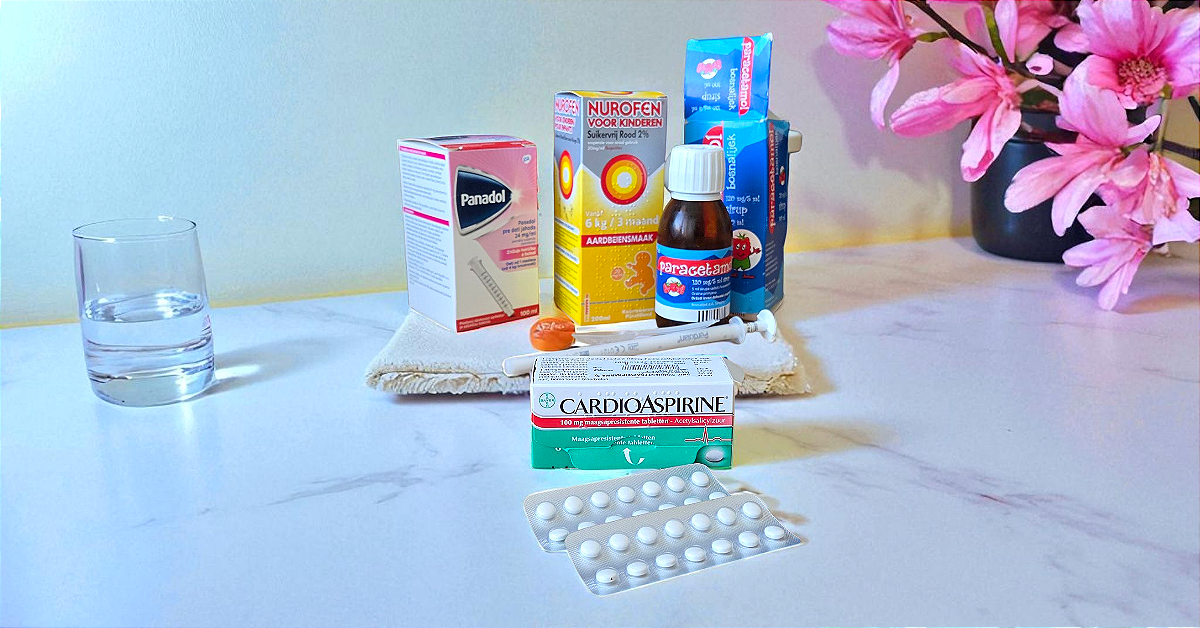
Here we go - the icky sticky season is in full swing! And no, I don't mean the bubble gum song (though I can't help remembering how adorably my younger daughter used to sing it. I'll link the song at the end of the post just for fun 😊.)
What I do mean is the icky sticky rainbow palette of everything kids cough, sneeze, and blow out of their noses and mouths these days. And the season is only just beginning.
By now, children have settled into school routines, but for parents, this is the moment when the invisible stress begins. Speaking for myself, whenever I hear a kid sneeze in the classroom or the hallway — especially when they don't cover their mouth — I catch my breath. Just for a moment, it feels like a little heart attack about to happen. I gasp and wait to see if it's just a one-off sneeze or if it turns into the full soundtrack of the season: sniffling, snorting, and sleeves swiping across faces, leaving behind slimy trails a snail would envy. That's usually when my mind wanders straight to our medicine cabinet and starts running a checklist.
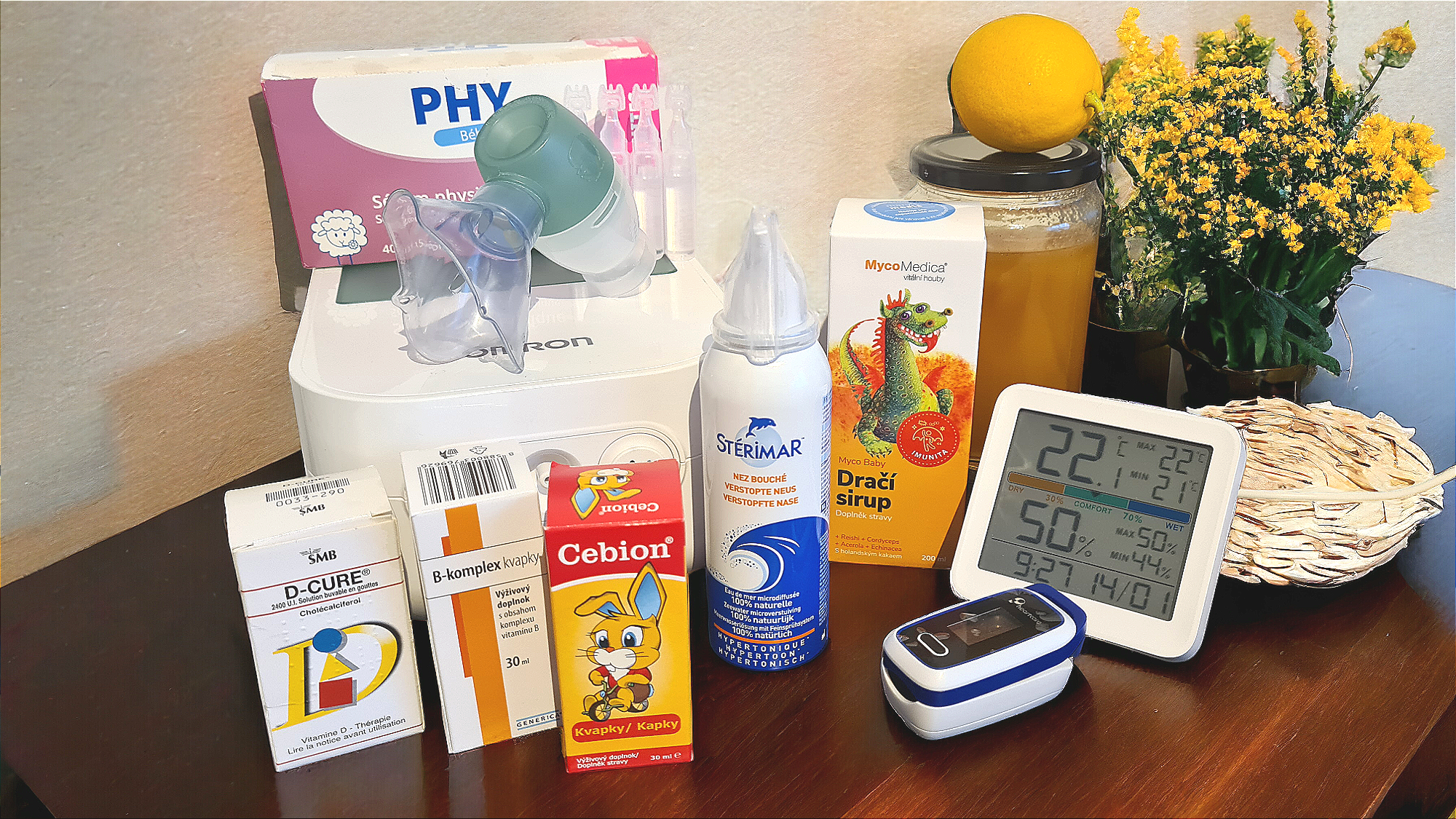
We like to keep our autumn and winter supplies well stocked: vitamins, immunity boosters, and at least one bottle of paracetamol or ibuprofen.
Ibuprofen is a nonsteroidal anti-inflammatory drug (NSAID). It is used to reduce fever and treat pain or inflammation caused by many conditions, such as headache, toothache, back pain, arthritis, menstrual cramps, or minor injury.
Looking at the official data, I am hardly alone in this. In Sweden, for example, pharmacies sell about 1.25 packages of paracetamol per child every three months.
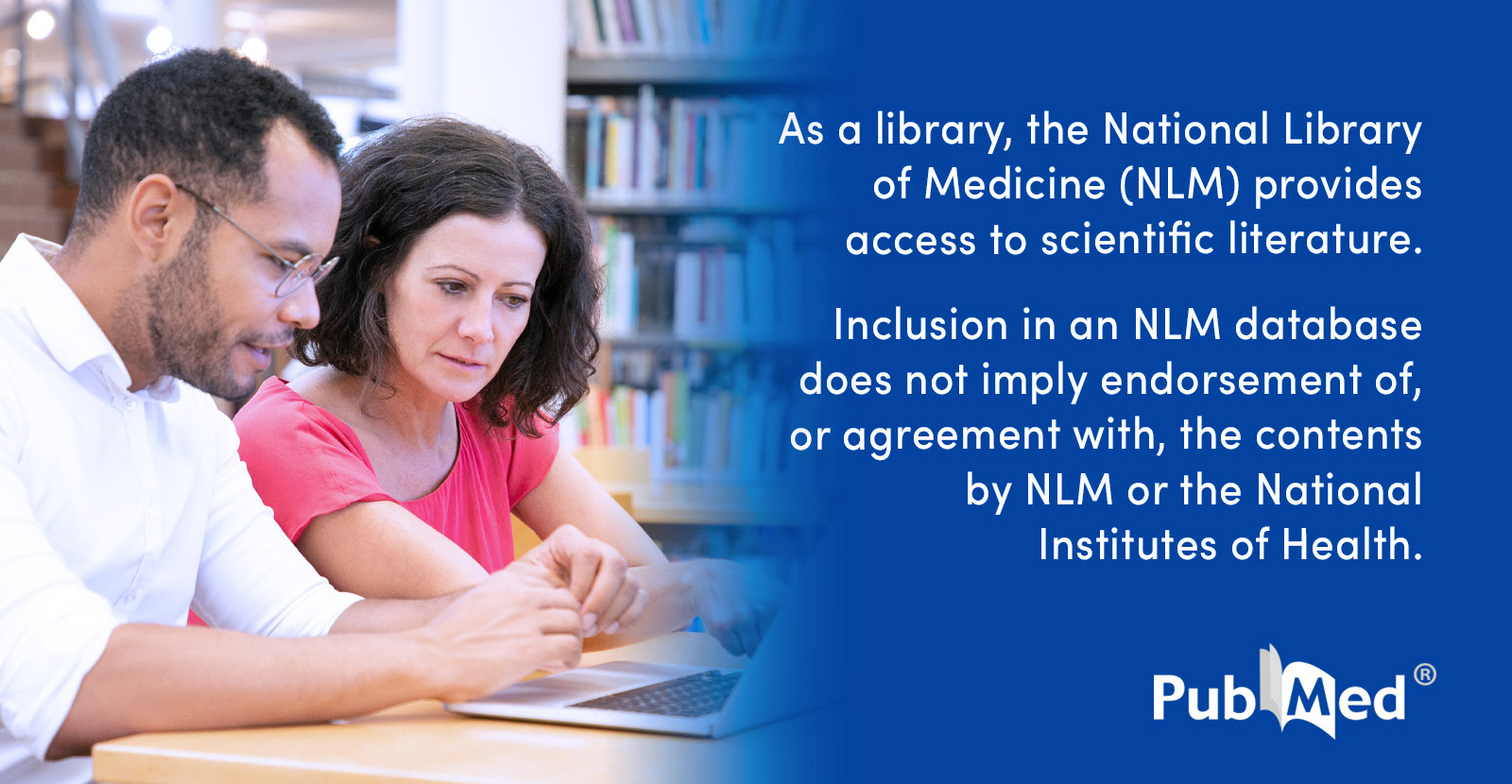
In the UK, annual consumption runs into thousands of tonnes — more than 6,000 tonnes a year. That's an unimaginable amount of painkillers and fever syrups flowing through households. It just shows how common it is, when the icky sticky season strikes, for parents to reach for the cabinet without a second thought.
But what if you are parenting a child who lives with a heart condition?

The Trio to Juggle: Aspirin, Paracetamol, and Ibuprofen
For us, the season of colds and flus comes with an extra layer of caution. My daughter, living with a single ventricle heart, takes aspirin every single day. It helps keep her blood from clotting. For children with congenital heart disease (CHD), aspirin is part of daily life.
This brings us to the real question: what happens when aspirin is paired with other medicines like paracetamol or ibuprofen?
I asked clinical pharmacist Marcela Omahen, MPharm., Spec., who has guided me more than once when questions went above my own knowledge. She explained it clearly:
Ibuprofen can interfere with the heart-protective effects of aspirin, which is particularly concerning for individuals who rely on aspirin for cardiovascular protection. Paracetamol, on the other hand, is considered safe to use. It does not block aspirin's action and can effectively reduce fever and pain without increasing the risk of side effects.

In other words, the problem with ibuprofen is that it can block aspirin from doing its job — and that's a risk a heart patient can't afford.
Both ibuprofen and aspirin work by binding to the same "spot" in blood platelets. They compete. It's about timing — if ibuprofen sits there first, aspirin can't do its job. When a child is on daily aspirin, ibuprofen should never be given at the same time. Aspirin should always come first — at least 30 minutes before. If ibuprofen is given first, then aspirin should wait for eight hours or more.
— Marcela Omahen, MPharm., Spec.
At first glance, it may seem that paracetamol is the easy, safer solution. And most of the time, it is. It doesn't interfere with aspirin, which makes it the first choice for many parents of cardiac kids. But of course, nothing in medicine is ever that simple.
The Simple Choice is Not Always the Safest
Which drug to use depends on more than just aspirin interaction — it depends on the child's overall health. If there are liver problems, ibuprofen may actually be safer. If there are kidney problems, or if there's a higher risk of bleeding, then paracetamol is the better option. And especially in cases of dehydration — when a child is vomiting or has diarrhea — ibuprofen should be avoided altogether, because it can put extra stress on the kidneys.
If there is inflammation or swelling (e.g. painful throat, joint pain, ear infection), ibuprofen’s anti-inflammatory action may help more — but be cautious because of the aspirin interaction.
Timing is very important: give aspirin first (with food), wait a suitable interval, then give ibuprofen later, not at the same moment.
Avoid in dehydration or kidney stress: if the child is vomiting, has diarrhea, or is poorly hydrated, avoid ibuprofen to protect the kidneys.
Another key issue is dosing.
Dosing it right is just as important as choosing the right medicine. Especially seeing that official data shows the majority of patients are actually underdosed on paracetamol.
— Marcela Omahen, MPharm., Spec.
Ibuprofen (NSAIDs): 10mg/kg every eight hours
Paracetamol (acetaminophen): 15mg/kg every six hours
"More" is never better. Doubling the dose or shortening the interval is not harmless — both drugs can cause real harm if overdosed. And both aspirin and ibuprofen can upset the stomach, which is why they should always be given with food.
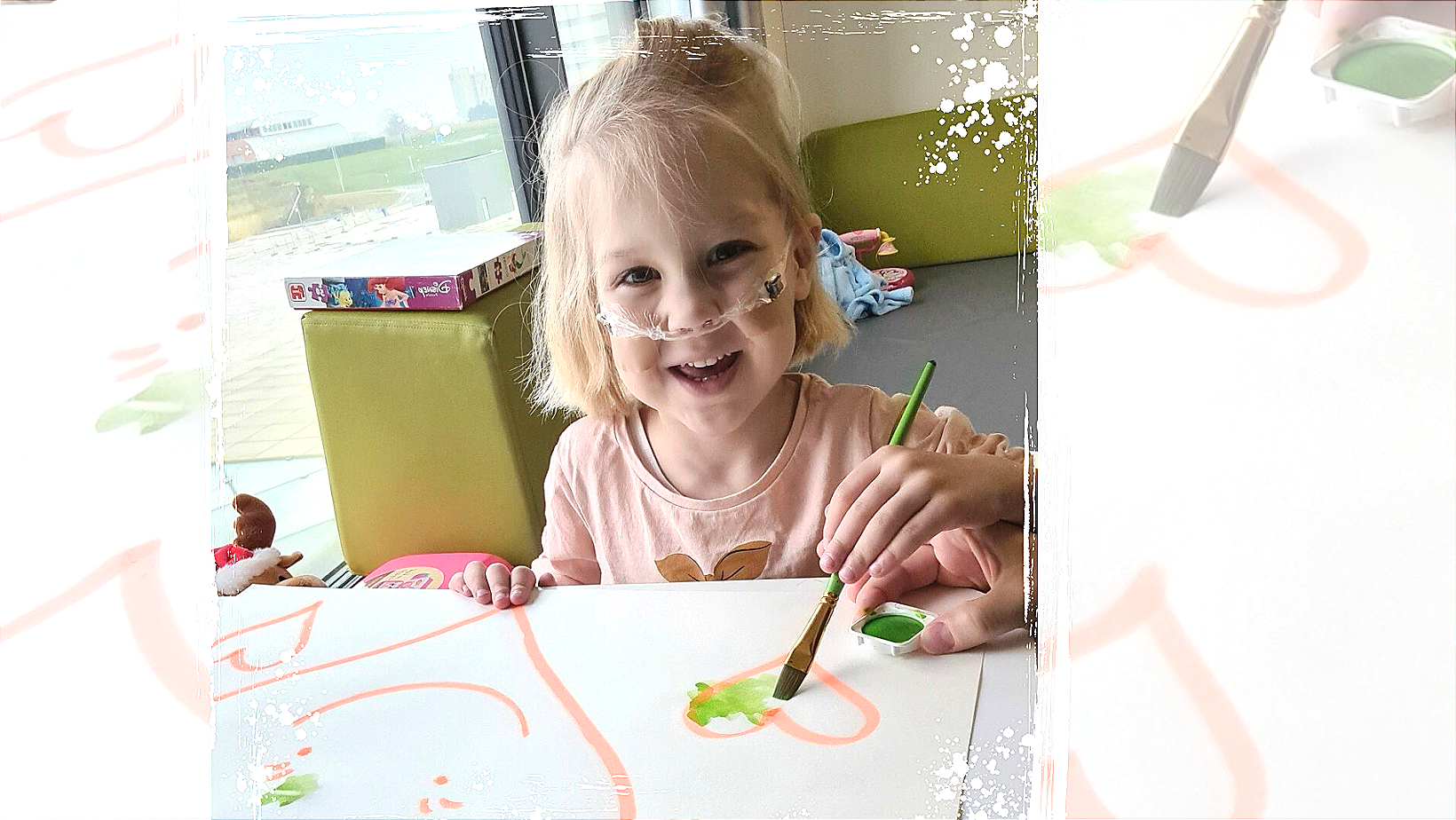
Sometimes, fevers are stubborn and relentless. For a child with CHD, failing to address the symptoms can turn a mild viral infection into a visit to the emergency room, hospitalization, and the need for oxygen support. In such cases, many parents have heard of alternating paracetamol and ibuprofen. But the evidence shows this strategy is less impressive than it sounds. In one study, alternating the two medicines only brought fever down about 23 minutes faster than paracetamol alone — and not at all faster than ibuprofen alone.
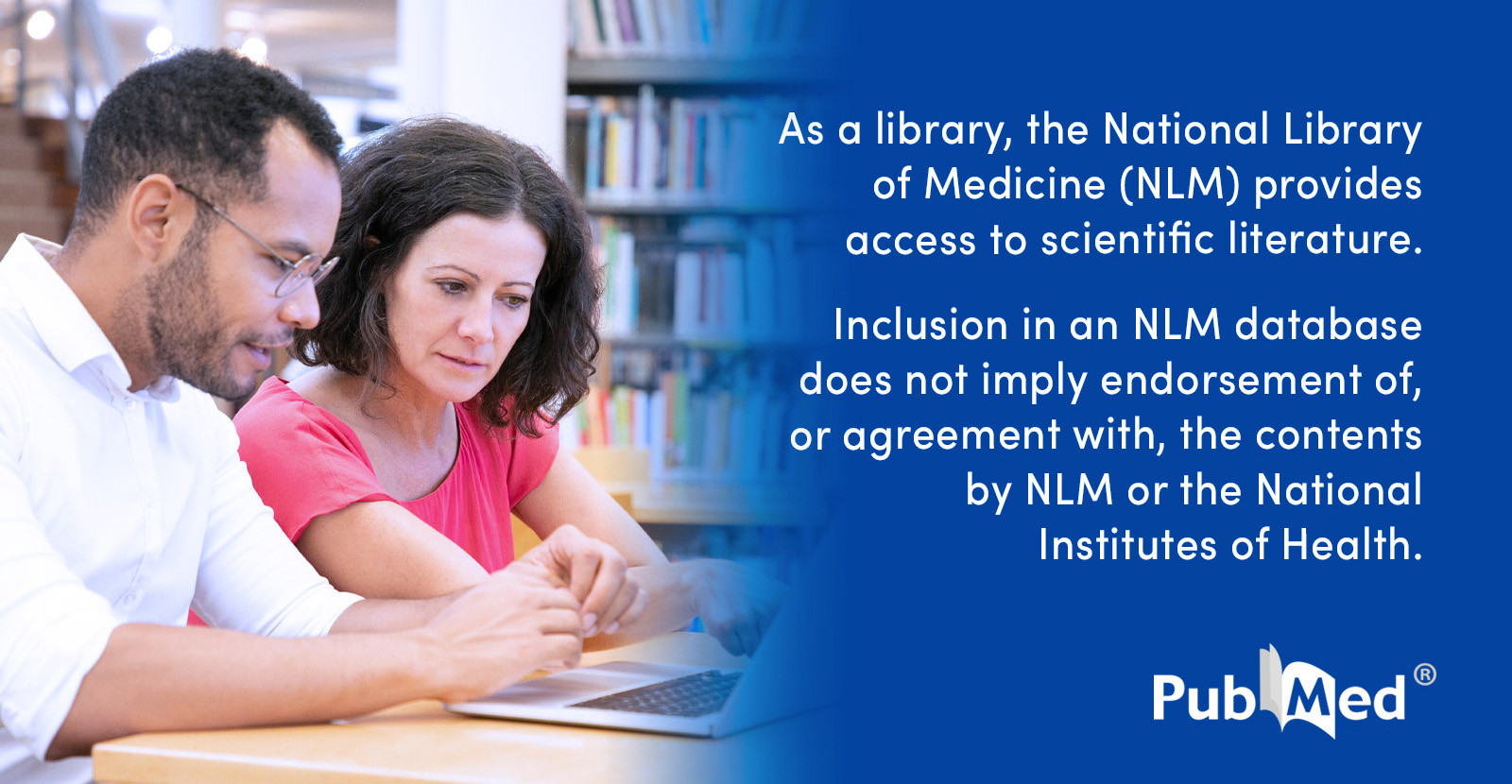
So, where does this leave us? The bottom line is this: for children and adults on daily aspirin, paracetamol is usually the safer choice, and in many cases, it works well enough. Ibuprofen can still be used when inflammation is the bigger issue, but it must be carefully timed and never given in a rush alongside aspirin. And whatever we use, we must measure correctly, follow dosing rules, and never let panic push us into overdosing.
As parents, we all know the feeling of wanting to take the fever away immediately, to make our child comfortable as soon as possible. But when aspirin is part of the daily routine, patience, timing, and precision are just as important as the medicine itself.
Good luck to all of us this icky sticky season - and may the force of the right medicine, given at the right time, be with you.
Medical Disclaimer
This article is for informational or educational purposes only. It does not substitute professional medical advice, diagnosis or treatment. Always seek the advice of a physician or other qualified health provider.
Professional Footnote
Aspirin–ibuprofen interaction
- Ibuprofen may antagonise aspirin’s irreversible platelet inhibition.
- If ibuprofen is given first → wait ≥ 8 h before aspirin.
- If aspirin is given first → wait ≥ 30 min before ibuprofen.
- With enteric-coated aspirin or if taken with food, longer separation is advised; in many cases, avoiding ibuprofen is preferable [1,2].
- Paracetamol does not affect aspirin’s antiplatelet action [2].
Reye’s syndrome warning
- Aspirin is contraindicated in children/teenagers with influenza or varicella due to the risk of Reye’s syndrome, except under specialist prescription (e.g. congenital heart disease) [3].
When to avoid ibuprofen
- Avoid in dehydration (vomiting, diarrhoea, poor intake) due to the risk of acute kidney injury [4,5].
- Use caution in renal disease, bleeding disorders, and gastric ulcer risk.
When ibuprofen may be used
- If inflammation is dominant (e.g. pharyngitis, otitis, arthritis), ibuprofen may be considered but must respect timing rules and hydration status.
- Other NSAIDs (e.g. naproxen) also interfere with aspirin [2].
Weight-based dosing
- Paracetamol (acetaminophen): 10–15 mg/kg/dose every 4–6 h; max 60 mg/kg/day (adults: 0.5–1 g/dose, max 4 g/day) [6,7].
- Ibuprofen: 5–10 mg/kg/dose every 6–8 h; max 30–40 mg/kg/day [6,8].
- Both aspirin and ibuprofen may irritate gastric mucosa; give with food. Note: food delays aspirin absorption, complicating coordination with ibuprofen.
Alternating therapy
- NICE: use either paracetamol or ibuprofen first. Do not alternate routinely. Consider alternating only if distress recurs before the next dose is due [9].
References
- Food and Drug Administration. Concomitant use of ibuprofen and aspirin: potential for attenuation of the anti-platelet effect of aspirin. FDA Drug Safety Communication. 2006.
- Catella-Lawson F, et al. Cyclooxygenase inhibitors and the antiplatelet effects of aspirin. N Engl J Med. 2001;345(25):1809–17.
- StatPearls. Reye Syndrome. Treasure Island (FL): StatPearls Publishing; 2025.
- Whelton A. Nephrotoxicity of nonsteroidal anti-inflammatory drugs: physiologic foundations and clinical implications. Am J Med. 1999;106(5B):13S–24S.
- Misurac JM, et al. Nonsteroidal anti-inflammatory drugs are an important cause of acute kidney injury in children. J Pediatr. 2013;162(6):1153–9.
- European Medicines Agency. Summary of Product Characteristics: Paracetamol oral suspensions. EMA, 2024.
- Medscape. Acetaminophen (Tylenol) dosing. Accessed Sept 2025.
- Medscape. Ibuprofen dosing. Accessed Sept 2025.
- National Institute for Health and Care Excellence (NICE). Fever in under 5s: assessment and initial management (NG143). London: NICE; 2019.

